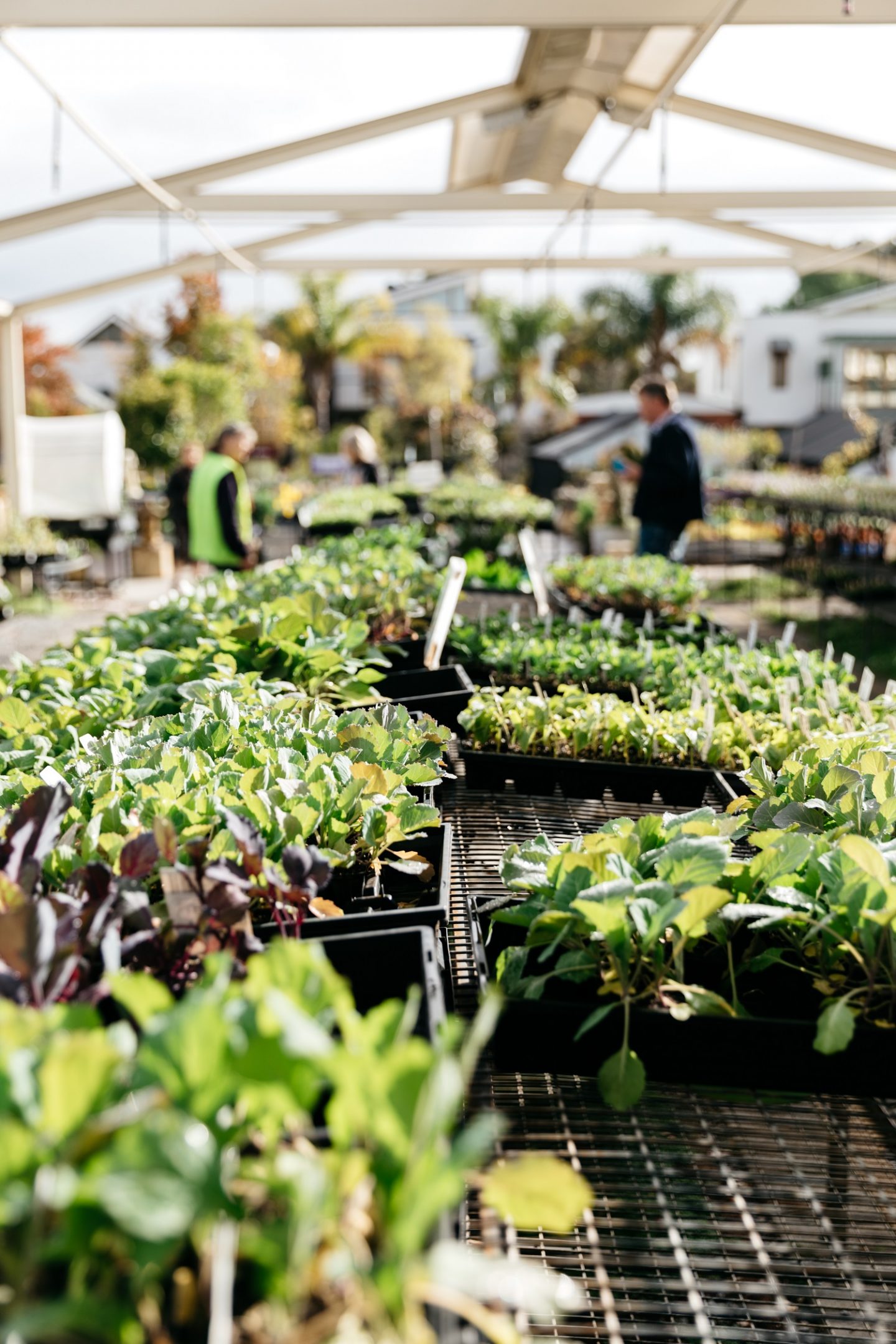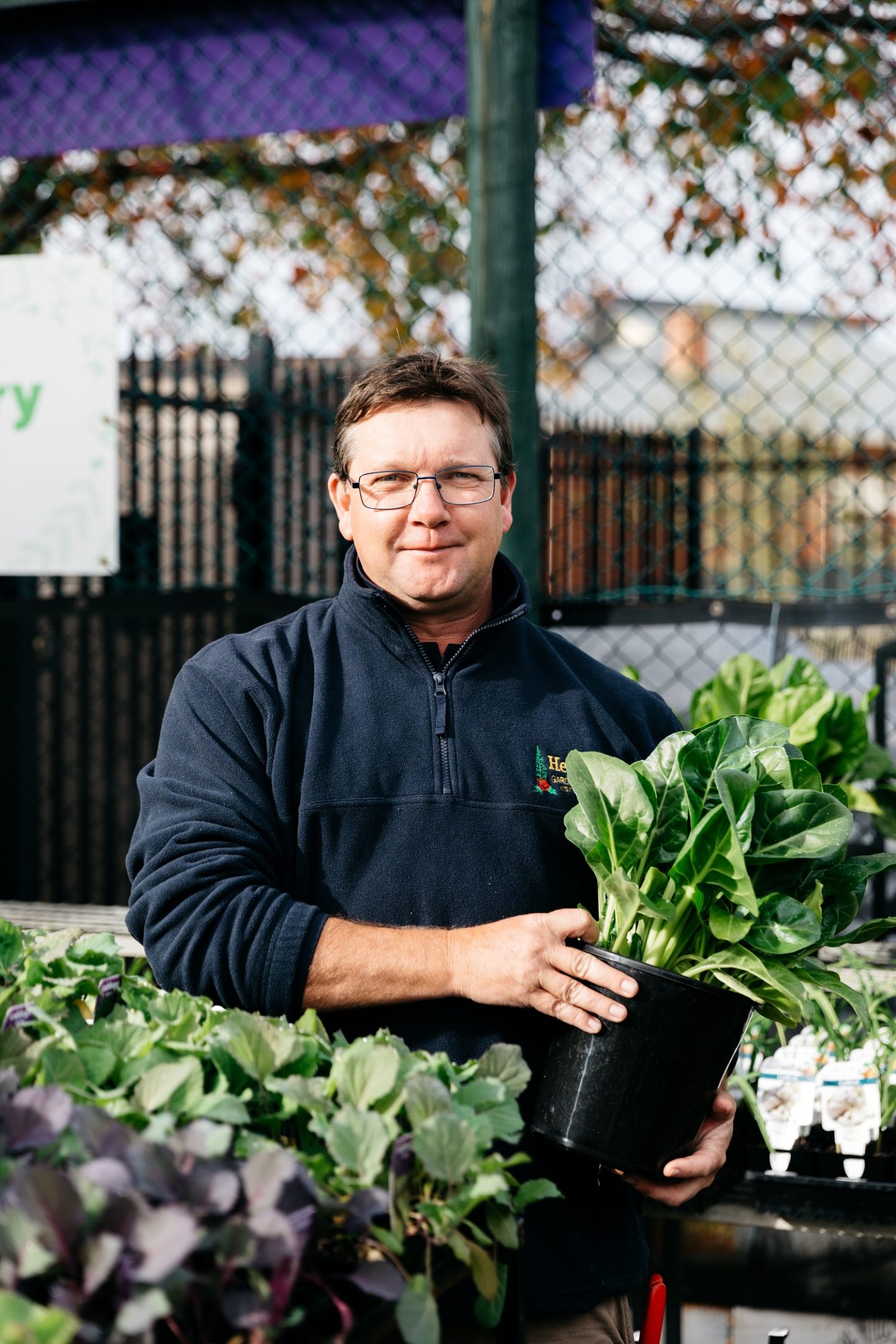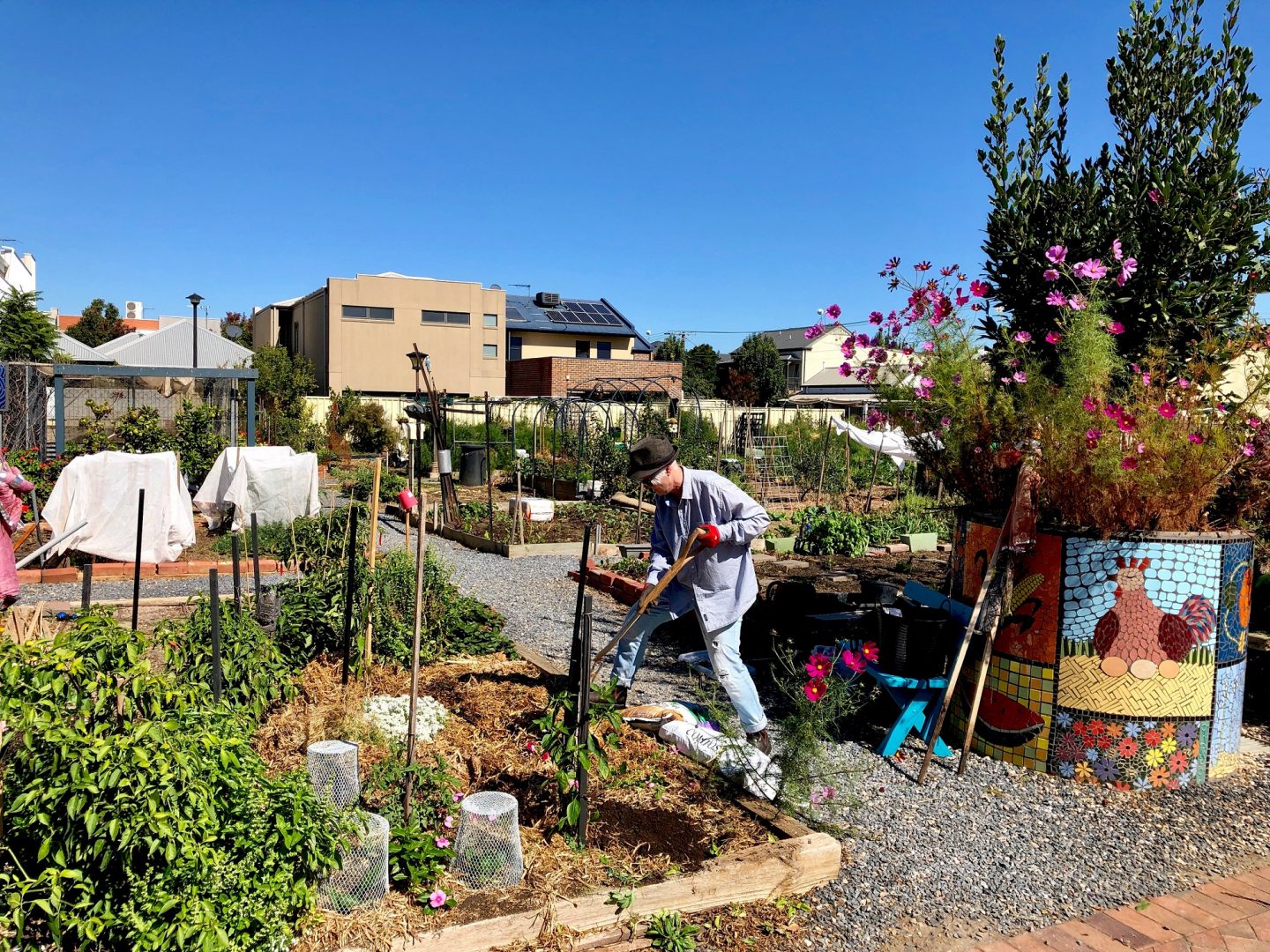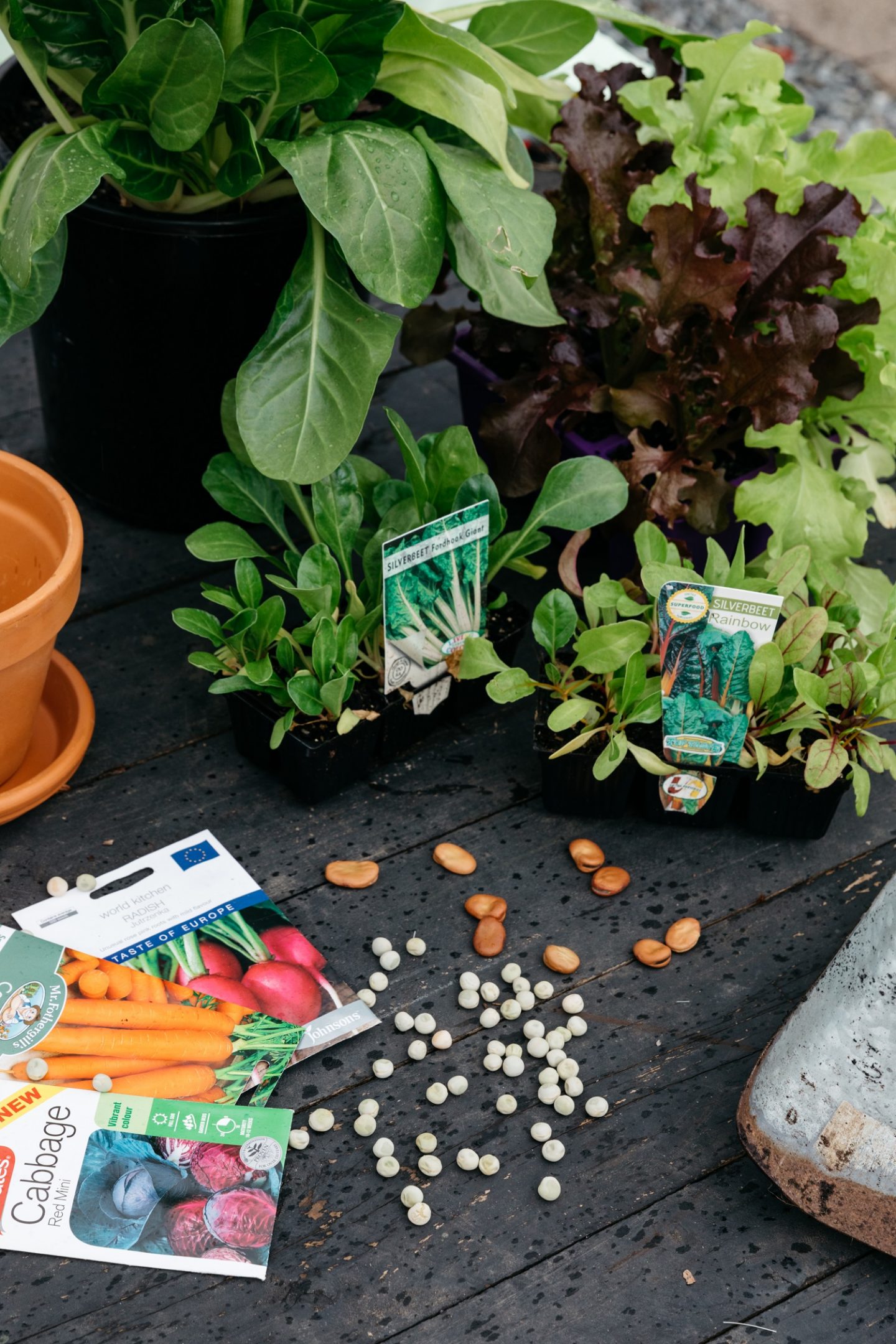The great COVID-19 gardening boom

The conversation around self-sufficiency and growing your own food has been around for a while, but the COVID-19 lockdown pushed many yet-to-be green thumbs into action.
When COVID-19 set off a wave of panic buying a few weeks ago, it wasn’t just the supermarkets doing a roaring trade.
Local plant nurseries were also inundated with newbie gardeners suddenly obsessed with the idea of creating backyard veggie patches. Herb and vegetable seedlings, seeds and potting mix rapidly sold out at garden shops around Adelaide.
This gardening boom was partly sparked by unfounded fears of possible food shortages, but it also provided people with a new hobby to relieve ‘iso’ boredom and save some dollars on the weekly food budget.
Gardener Nick Coumbe from Heyne’s Garden Centre at Norwood regards the growing number of new green thumbs as a pandemic positive and hopes the trend will continue.
“We’ve seen our regulars coming in as normal but also a whole new group of people have been looking for advice on growing their own food. If there’s a good thing to come out of all this, then it’s more people wanting to get into the garden,” Coumbe says.
“Coronavirus has given people who may have always wanted to start a productive garden a real kickstart to say, ‘Now is the time to do this’.”
In addition to the mental and physical benefits of growing your own produce, a new study shows there can be a financial return on investment for gardeners who are in it for the long haul.

A statewide citizen science project carried out by UniSA prior to the pandemic explored the productivity, efficiency and potential financial savings of almost 100 home food garden areas established by 34 people in South Australia.
Project lead Dr Georgia Csortan says, overlooking garden setup costs, 79 per cent of people who established vegetable gardens were estimated to save more than $250 on their annual grocery bills. Considering the median setup costs of a food garden ($500), 65 per cent of the study gardens were also calculated to break even within five years.
“The swell of new food gardeners is a wonderful outcome from the restrictions of the COVID-19 crisis, but we need to ensure their efforts are not in vain,” Csortan says.
“How good would it be to come out of this pandemic with households and communities that are more resilient, more productive and more interconnected than ever?” Csortan says urgent, coordinated education programs are needed in productive gardening to help new home gardeners ramp up their food production and avoid common mistakes.
One way to maximise food-growing skills is to get involved in a community garden with access to shared knowledge from other participants.
Carmela Luscri from Brompton Community Garden says interest in the 50-plot garden accelerated during the lockdown period.
“We have a dozen people now on the waiting list for a plot and we’d usually have about two,” she says.
“I think people have seen it as anactivity they’re able to enjoy while they are being told they can’t go anywhere – we have all the precautions in place so it’s a safe place to be.
“It’s great to see the interest in gardening of course but perhaps people will work out how long it actually takes for a seedling to grow and the hard work needed for growing in winter.”

Horticulturalist Wendy Chapman relishes the time and space for growing produce at the Brompton Community Garden.
“I love the atmosphere. Walking into the place the air is different, it’s calm and peaceful, and the amount you can learn from other gardeners is immense,” she says.
“That shared knowledge is amazing. How often do you get to look into the backyards of 49 people? You can see what others are planting, learn how they are handling any pests, and it’s much better than just stumbling around in your own backyard watching YouTube videos or reading books for information. It’s a real connection, gardeners are very generous people.”
Jon Souter of Malvern is an experienced home gardener who viewed the lockdown period as a good time to expand his edible produce offerings.

“I wasn’t panicking about a looming apocalypse but thought I’d get a few seedlings and seeds in case we found ourselves stuck at home and unable to get to the shops for some reason. When I got to the garden shops I saw they were wiped out,” he says.
“I bought more seeds than I would ordinarily buy and it was partly for the food production and partly for the relaxation and entertainment of getting out in the garden.”
Souter hasn’t tallied up the costs of setting up his garden but says he enjoys using his freshly-harvested produce in home cooking.
“I’ve had success with some good-value foods like spinach, kale, spring onions, salad greens, broccoli, cucumber, radishes and cherry tomatoes,” he says.
“It’s not like we are self sufficient but it’s nice to wander down and harvest something you grew to use when cooking dinner that night.”
Coumbe from Heyne’s says it is possible to shave money off your food bill by establishing a veggie patch, cutting food waste and reducing food miles at the same time.
“A family with a sensible-sized veggie plot can supply a lot of their seasonal vegetables,” he says.
“At our house, we grow lettuce and pick a few leaves off as we need them, it’s a harvesting technique called cut-and-come again.
“I wash and drain a few leaves, pop them in a salad spinner in the fridge and they last much longer than in a plastic packet.
“Plus, anything not being put on a truck to get to you is better for the environment.”